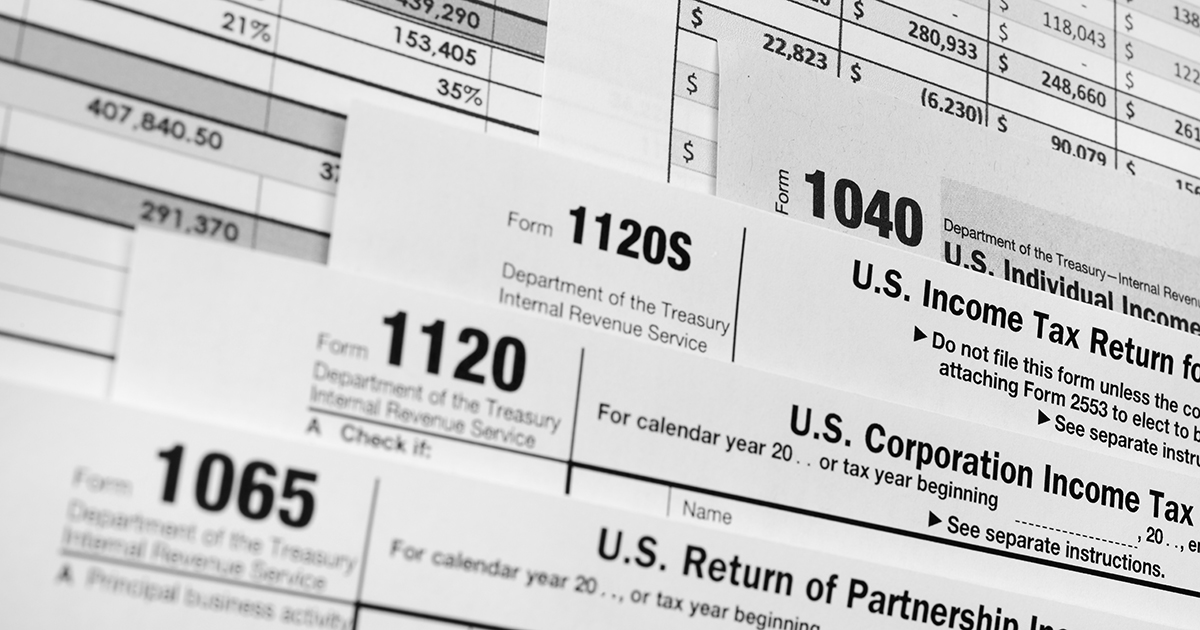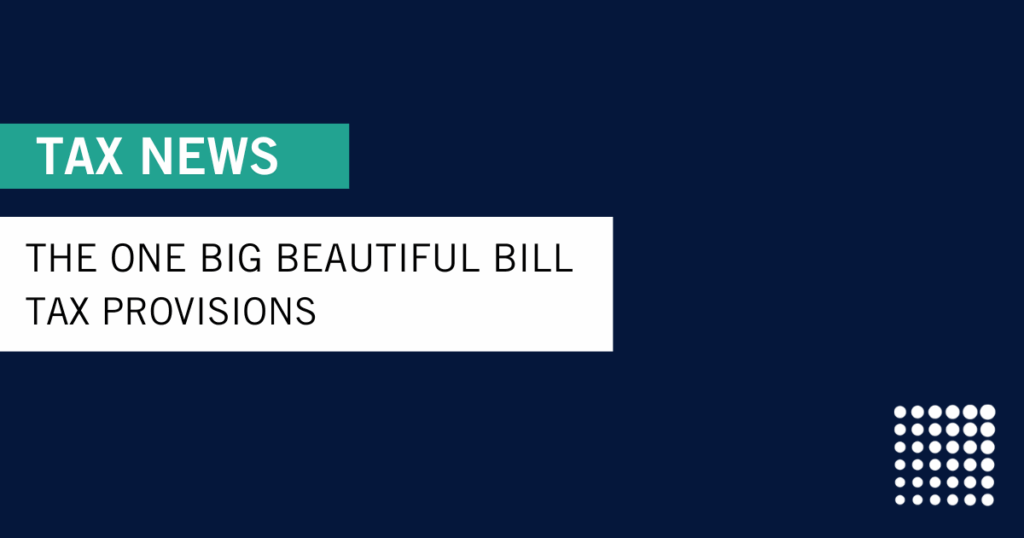Updated Jan. 5, 2018
President Trump recently signed the tax reform bill into law, and it makes major changes to the U.S. tax code for both individuals and businesses. The Tax Cuts and Jobs Act represents the most significant tax change in more than 30 years.
There is one major theme running through the most comprehensive tax reform since the Ronald Regan era. The law is complicated. While there are certain items that are easy to understand, the proposals for pass-through businesses, especially in the fields of healthcare, law, accounting and other service businesses will take years to fully understand. Additionally, multiple new regulations are yet to be issued from the Internal Revenue Service, a government agency already struggling under budget cuts.
CWA will be at the forefront of financial and tax planning for our clients. However, it will take a few months to fully understand the pass-through income tax that could potentially affect many CWA clients. These changes cannot be calculated by hand, and software companies are scrambling to be updated as soon as possible.
The significant highlights of some of the major areas that could impact CWA clients:
– First, understand that we believe from the initial assessment of the bill that it will likely create tax savings of $3,000 to $20,000 based on the income of most CWA clients. There is also the possibility that clients with high state tax rates such as California, New York and New Jersey could see a potential increase in state taxes. Over the first quarter of 2018, the CWA planners will be working to fully understand and plan for each of you.
– We are not recommending any changes to how you start 2018 with regards to your taxes until the tax bill can be fully researched, and tax planning software can be updated with the multitude of changes.
Now for the major items we see affecting CWA clients:
– All major tax brackets are decreasing, with a new top tax bracket of taxable income over $600,000 for married filers and $500,000 for single filers. This is a savings for most clients through lowering all major brackets and reducing income that was taxed at a marginal rate of 39.6% to 35% and 37% respectively.
– Expands the child tax credit to help with the elimination of personal exemptions. The tax credit will not be phased out until families make over $400,000.
– Limits the deduction for state, local and property taxes to $10,000 annually.
– All mortgage interest is grandfathered, but all new mortgages will be limited to interest on mortgages up $750,000.
– Increases the exemption for alternative minimum tax (AMT) that will provide relief to many CWA clients currently paying AMT.
– Lowers the corporate tax rate to 21% which will apply to all clients currently operating as a C-Corporation.
– Establishes a new and complicated 20% tax deduction to owners of S-Corporations, partnerships, LLC’s and sole proprietors. While this will affect some CWA clients, the deduction for service businesses such as dentistry will begin to be phased out for married filers at $315,000, and fully phased out when taxable income is more than $415,000. Planning for this new deduction will occur over 2018 after sufficient research has been completed.
-Eliminates the domestic production activities deduction that many CWA orthodontic clients and general dentists utilizing a Cerec claim each year.
Most of the changes for personal taxes will sunset on December 31, 2025, while the corporate tax reform is permanent.
We will continue to provide updates on the tax reform and wish each of you the happiest holiday season, and best wishes to a successful 2018.
Cain Watters and Associates














